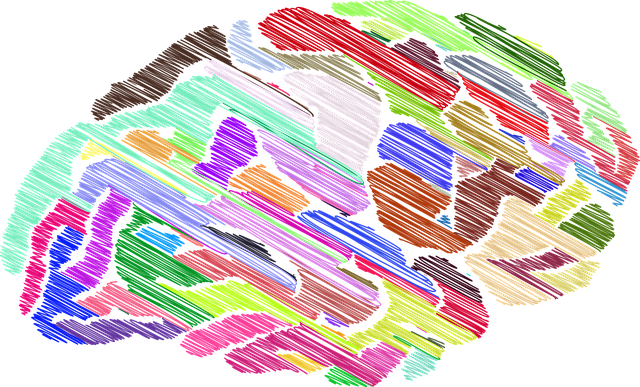Pain is an intricate and multifaceted experience that serves as an essential survival mechanism. Understanding the nature of it, its perception, and the role of the brain is crucial in managing and relieving this universal human phenomenon. In this article, we will explore the concept of pain, including its definition, the site of its experience, the brain regions involved, the purpose it serves, the role of cells at the site of injury, and the absence of it in certain diseases. We will also discuss strategies to reduce pain and enhance overall well-being, emphasizing that it is solely experienced in the brain by the individual and that pain receptors are distributed throughout the body, including areas with high concentrations like near the roots of the teeth.
Understanding the Nature of Pain
Pain can be described as an unpleasant sensory and emotional experience associated with actual or potential tissue damage. While the initial stimulus may originate at the site of injury, the perception of it occurs within the brain.
Pain Experience: The Brain’s Role
The brain plays a critical role in processing and interpreting pain signals. The somatosensory cortex, located in the parietal lobe, is primarily responsible for the perception of it. However, pain involves a network of brain regions, including the thalamus, limbic system, and prefrontal cortex, which collectively contribute to pain perception.
The Purpose of Pain
Pain serves as a vital protective mechanism for our well-being. Its primary purpose is to alert us to potential or actual tissue damage, urging us to take appropriate actions to prevent further harm. It acts as a warning signal, prompting us to withdraw from harmful stimuli and facilitating the healing process by limiting activities that could worsen the injury. Furthermore, it aids in learning and adaptation, allowing us to associate certain actions or situations with potential harm and adjust our behavior accordingly.
Do Injured Cells in The Body Store Pain?
Contrary to popular belief, cells at the site of injury do not store pain. However, they release chemical substances, such as bradykinin, which sensitize nearby pain receptors and amplify the response to pain signals. This process, known as peripheral sensitization, contributes to increased it’s perception. Inflammatory substances released by injured cells also play a role in transmitting pain signals.

Disease without Pain: A Paradoxical Phenomenon
It is intriguing how certain diseases, such as cancer and autoimmune disorders, can develop without causing significant pain. Several factors contribute to this paradoxical phenomenon. In the case of cancer, tumors may grow in a manner that avoids direct interaction with pain-sensitive structures. Autoimmune diseases can be difficult to diagnose and can sometimes cause damage and inflammation without necessarily triggering pain signals.
Understanding Pain Receptors: Distribution throughout the Body
Pain receptors, known as nociceptors, are distributed throughout the body, with varying densities in different regions. Some areas, such as near the roots of the teeth, have higher concentrations of nociceptors, making them more sensitive to it. This distribution explains the variation in pain perception across different body parts.
Strategies to Reduce Pain
Numerous strategies can help individuals experience less pain and improve their quality of life. Medications, such as anti-inflammatory drugs, can target pain at its source by reducing inflammation and alleviating it. Dentists can address tooth pain by removing cavities and providing necessary dental interventions. Acupuncture has been shown to enhance our internal opiates, such as dynorphin, endorphin, encephalin, and release corticosteroids, helping to relieve pain and enhance the healing process. Chiropractic adjustments focus on correcting mechanical spinal misalignments to improve posture, relieve pressure on nerves and reduce headaches and pain. Physical therapy rehabilitation aims to enhance joint mobility, strengthen muscles, and optimize physical function, leading to pain reduction. There are more strategies beyond these.
Conclusion
Pain is a complex phenomenon that is experienced uniquely by each individual. Pain is not an accurate measure of sickness or health on its own. Understanding the nature of it, its perception in the brain, and its purpose allows us to develop effective strategies for relief. By recognizing that it is experienced solely in the brain and that pain receptors are distributed throughout the body, we can tailor interventions to reduce pain perception and enhance well-being.

